Tarantula Photos: Gallery of 'Eight-Legged Teddy Bears'
Tarantulas, frequently featured in campy horror movies like "Kingdom of the Spiders," star in a new study that reclassified dozens of tarantula species and described 14 new ones living in deserts, mountains, and backyard habitats in the southwestern U.S. Get acquainted with several of these charismatic spiders, in photos. [Read the full story about the new tarantula species]
Aphonopelma eutylenum
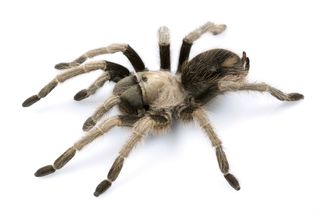
Aphonopelma is a genus of tarantulas that includes nearly all species found in North America. A. eutylenum was originally described in 1940 and is found in California, west of the Mojave Desert. (Credit: Chris Hamilton)
Aphonopelma hentzi
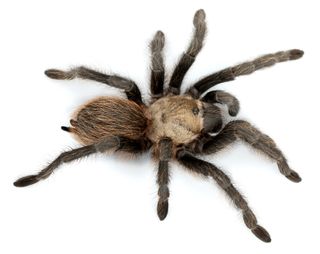
Discovered in 1852, A. hentzi is the most widely distributed species in the United States, found in Missouri, Arkansas, Louisiana, Kansas, Oklahoma, Texas, Colorado, New Mexico and Arizona. (Credit: Brent Hendrixson)
Aphonopelma saguaro
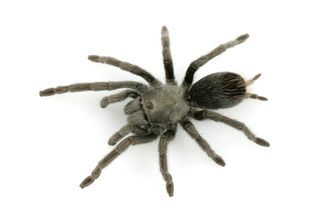
One of the new species described in the study, A. saguaro was named for Saguaro National Park, where this species can be found in the foothills of the Santa Catalina and Rincon Mountains. (Credit: Chris Hamilton)
Sign up for the Live Science daily newsletter now
Get the world’s most fascinating discoveries delivered straight to your inbox.
Aphonopelma steindachneri

First described in 1875, Aphonopelma steindachneri is widely distributed across Southern California and is very common. The species is likely not endangered or threatened, though some populations in urban areas could be affected by human encroachment and development. (Credit: Chris Hamilton)
Aphonopelma moderatum
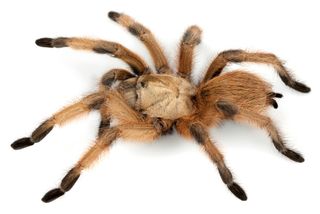
Aphonopelma moderatum is widely distributed in Texas counties bordering the Rio Grande. In areas with shallow soils, spiders have been found under large flat rocks. (Credit: Brent Hendrixson)
A gorgeous view
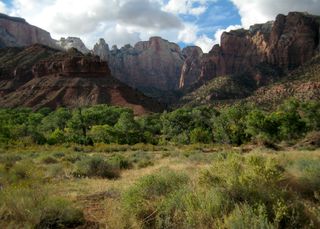
Located in southwestern Utah, Zion National Park was one of many locations visited by the study researchers for tarantula collection and observation. (Credit: Chris Hamilton)
Home, home on the plains

A habitat of Aphonopelma johnnycashi, one of the 14 new tarantula species described in the new study. Named for singer Johnny Cash, the spider was abundant near Folsom State Prison in California, which inspired Cash's song "Folsom Prison Blues," and the tarantula's dark coloration reminded the study's lead author of Cash's preference for head-to-toe black wardrobe. (Credit: Chris Hamilton)
A beautiful locale
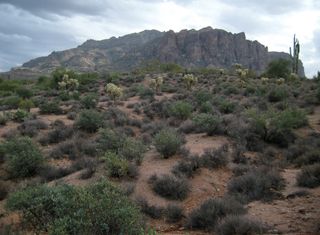
Aphonopelma superstitionense and Aphonopelma chalcodes habitat. A. superstitionense appears to have a limited distribution restricted to the foothills near the Superstition Mountains in Arizona. These tiny tarantulas are probably common but are difficult to find, as they are only active for a brief period during the year and their burrows are well hidden. A. chalcodes is widely distributed across the southern two-thirds of Arizona. (Credit: Chris Hamilton)
Home sweet home

Burrow of Aphonopelma eutylenum. During the fall breeding season, which typically lasts from September through November, mature A. eutylenum males leave their burrows to look for females. (Credit: Chris Hamilton)
Hanging out on the porch
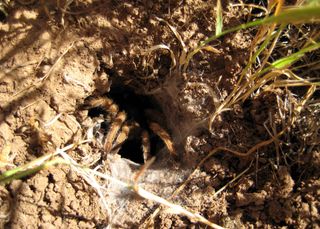
An Aphonopelma eutylenum peers from its burrow. The species is widely distributed across Southern California and can be found along the length of the California coast and west of the Mojave Desert. (Credit: Chris Hamilton)
Why did the arachnid cross the road?

Aphonopelma iodius, originally described in 1939,occupies diverse habitats that extend across parts of California, Nevada, Arizona, and Utah. (Credit: Chris Hamilton)
Follow Live Science @livescience, Facebook & Google+.

Mindy Weisberger is an editor at Scholastic and a former Live Science channel editor and senior writer. She has reported on general science, covering climate change, paleontology, biology, and space. Mindy studied film at Columbia University; prior to Live Science she produced, wrote and directed media for the American Museum of Natural History in New York City. Her videos about dinosaurs, astrophysics, biodiversity and evolution appear in museums and science centers worldwide, earning awards such as the CINE Golden Eagle and the Communicator Award of Excellence. Her writing has also appeared in Scientific American, The Washington Post and How It Works Magazine.
